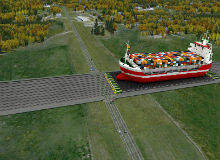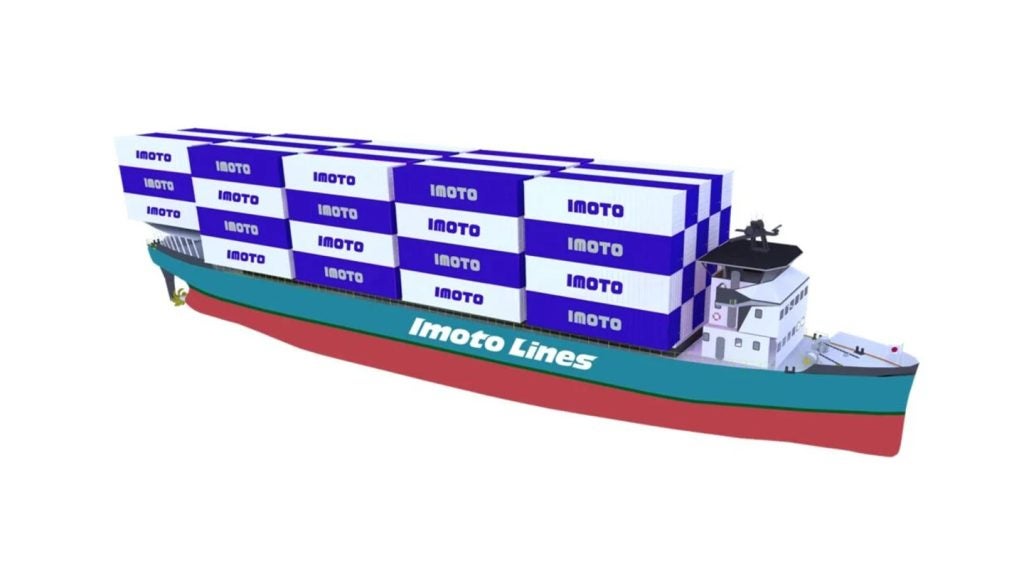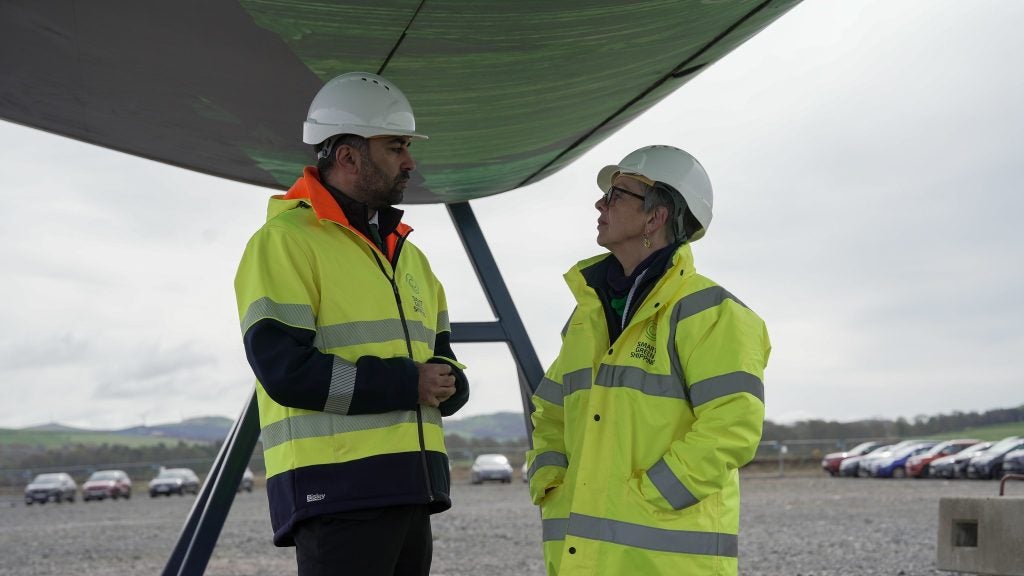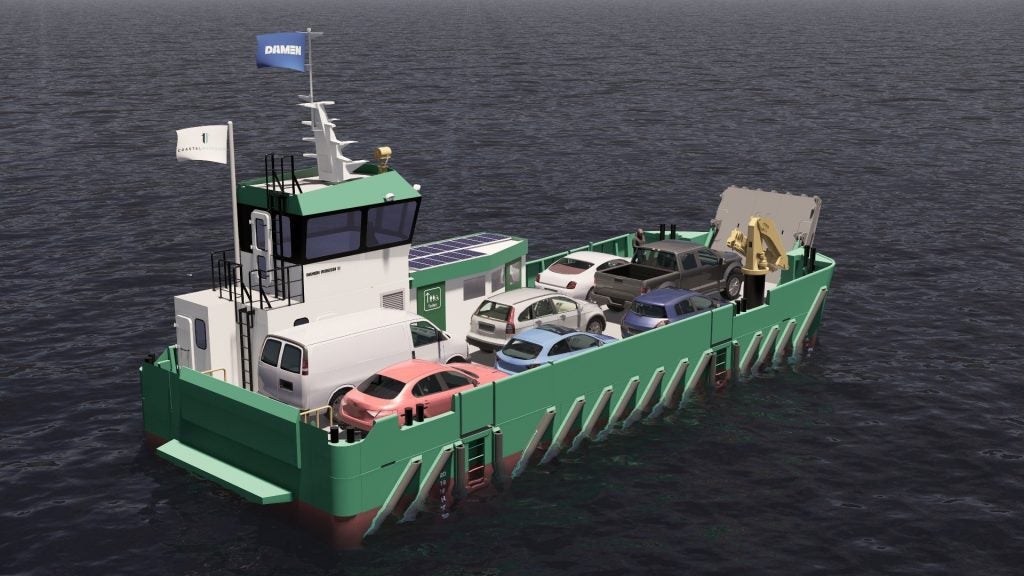

A potential shipping canal across Thailand’s Kra Isthmus to transfer ships between the Indian and Pacific oceans, which could cut the usual trade route by more than 1,200km, has long been stuck in the mud.
It was first considered as far back as 1677 and resurfaced in the 20th century, but a number of factors, including environmental issues and fears it could divide the country, have always held it back. However, the prospect has never truly disappeared, and the latest revolutionary idea is to build a rail canal.
The proposals from the Korea Railroad Research Institute (KRRI) for a ‘dry canal’ are an attempt to finally give the project some life and allow ships to bypass the Malacca Strait.
“[The] rail canal is an innovative system for transportation,” says KRRI director of public and international affairs Dr. Myung Sagong.
The canal would carry ships by rail across Thailand’s south, from Kra Buri to the Gulf of Thailand’s Chumphon Bay.
How well do you really know your competitors?
Access the most comprehensive Company Profiles on the market, powered by GlobalData. Save hours of research. Gain competitive edge.

Thank you!
Your download email will arrive shortly
Not ready to buy yet? Download a free sample
We are confident about the unique quality of our Company Profiles. However, we want you to make the most beneficial decision for your business, so we offer a free sample that you can download by submitting the below form
By GlobalDataTime for a dry canal?
KRRI, which has worked on rail canal technology for three years, claims its idea is cheaper than a conventional canal, and has the advantage of not requiring any land separation.
“First of all, [a] rail canal is cost-effective compared with a conventional canal and is environmentally friendly,” Sagong says.
“[A] rail canal doesn’t need deep digging of mountain areas. In case of [the] Kra Isthmus, [a] conventional canal divides the country into two parts; however [the] rail canal avoids the division so that the country can stay united.”
The proposals suggest construction costs would be $4.8bn for 57km of track, and approximately $3.4bn for 51km on the Chumphon route – although Sagong does admit that the cost would depend on the route and its capacity.
KRRI claims the construction cost could be 60% of that for a conventional canal, with the rail concept reducing transit time by up to 50% and cutting travel distance by 2,000km – or around two days of shipping.
“A the waterway canal separates the south region from the main land, which is not acceptable to Thai citizens,” adds Sagong. “The rail canal is the good candidate to solve the problem of division, on the way to [creating] a leading country of maritime logistics in the ASEAN [region].”
The idea has received backing from Tanit Sorat, chairman of V-Serve Logistics, a Thai-owned integrated logistics service provider, who has said it could be cheaper than dredging a conventional canal, although Sorat added he was unsure if rail could carry ships exceeding 100,000 dead weight tonnes.
Chula Sukmanop, director-general of Thailand’s marine department, has cast doubt over the financial viability of the project, saying “if it’s very expensive, investment in the rail canal construction won’t be worth it”.
Meanwhile, Rattapoohm Parichatprecha, director of the Centre of Excellence for Road and Railway Innovation, claimed a new trade route would “help Thailand leap out of its middle-income country trap”.
Technical feasibility: challenging but not insurmountable
According to Sagong, the core technologies of such an idea are challenging – particularly when it comes to location and terrain – but they can be overcome.
“The multi-axle freight cars to support and carry a large vessel of 100,000 tonnes are the core technology,” he says. “The ropeway traction system to lift the vessel to the land track is another, and [these] are innovative enough to be challenging.
“The Kra Isthmus is a mountainous area which requires many water gates for the vessels to climb. However, a rail traction system enables the vessel to climb the slope up to 25%, which is also challenging.”
To those who doubt the feasibility of the initiative, which Sagong admits is the most frequently raised opposition, the answer from the KRRI is clear.
“Experts ask if the rail canal [can be] true, technically,” says Sagong. “However, large vessels are constructed on land and launched to water by traction bogies on rail in Korean shipbuilding industries. A rail canal is the inverse process of launching.”
Chinese interest
Alongside the rail proposal, there have also been reports about a potential agreement between Thai and Chinese officials for a more traditional shipping canal.
In May, rumours suggested that companies from both countries had decided to study the idea in more detail, with early reports indicating the canal would be 102km long, 400m wide and 25m deep, built over a period of ten years.
In an article published on the Nikkei Asian Review website, a Chinese official is reported to have said: “The specifics of the agreement are national secrets and I cannot give you details.”
However, the prospect of a Thailand-China deal to build a canal was played down by a Thai Transport Ministry official, who told Channel News Asia an agreement was unlikely due to “national security” concerns. “It is unlikely for the Kra Canal project to be materialised anytime soon,” the official added.
The publication also claimed that Thailand’s Ministry of Foreign Affairs refuted claims of an accord with China. Nevertheless, certain reports claim that China has announced the project as part of its Maritime Silk Road – an attempt to revive the ancient maritime route.
An uncertain future
Whatever comes of the Chinese interest, KRRI and Sagong are keen to push ahead with a prototype as they seek to convince the doubters.
“The next step is to construct a prototype freight car and evaluate the performance,” says Sagong.
From this, KRRI will develop a small-scale test bed, running over a short distance near the preferred route of the canal. This will allow the team to evaluate the performance and verify that such a system can be constructed, although Sagong adds that raising funds for commercial activities is beyond KRRI’s scope.
“[During the prototyping phase] its concrete economic, social and technical feasibility will be studied and a decision will be made on whether constructing the rail canal is possible or not.”
KRRI is also planning to sign a memorandum of understanding with Thailand’s Naresuan University, a government-sponsored institution. This will allow the two organisations to share ideas around high-speed rail, urban transit and any other relevant rail technologies.
Despite these efforts to push the idea ahead, there are many hurdles that have to be overcome. And, judging by history, it could be yet another canal idea that fails to inspire the doubters. For now, the people of Thailand – and the rest of the world – will simply have to wait and see.






